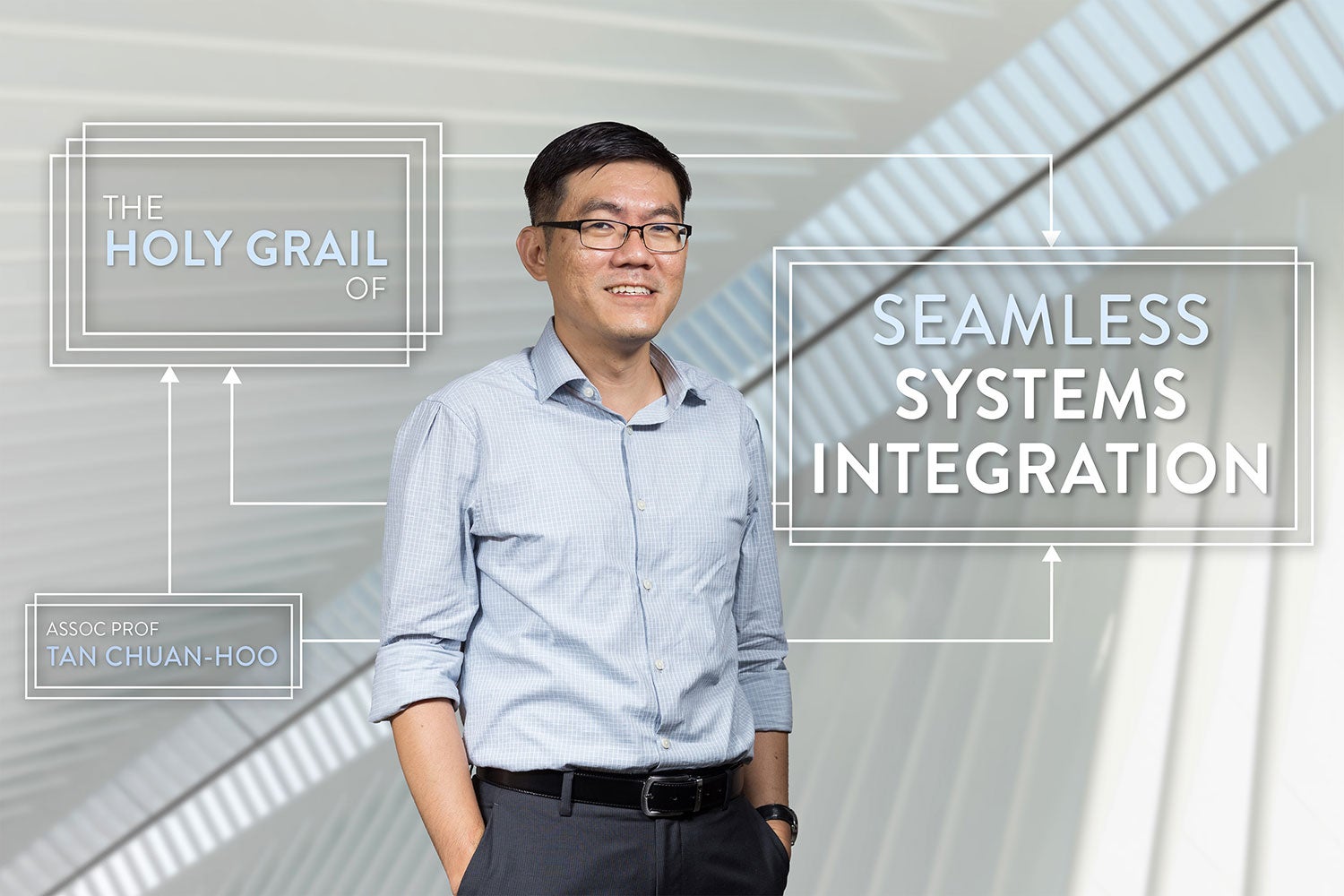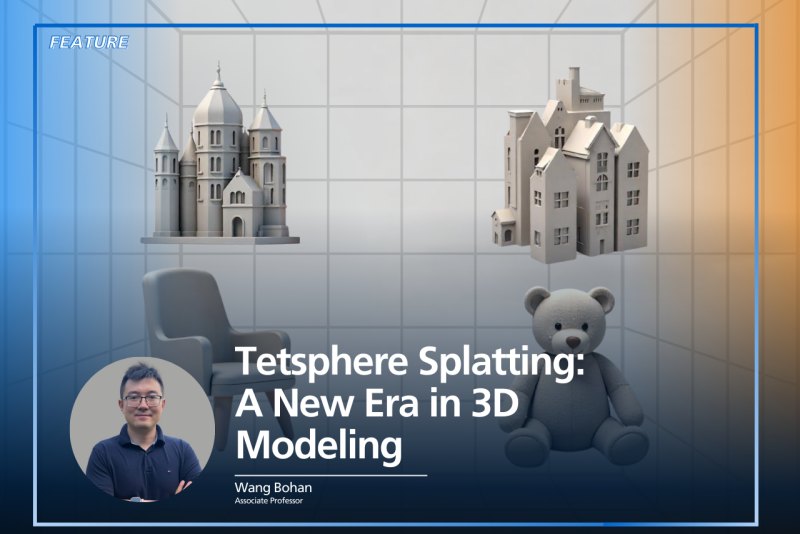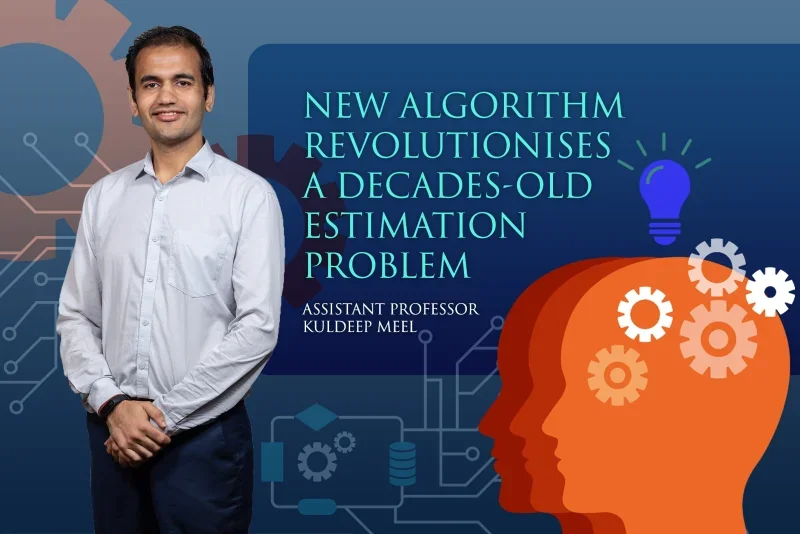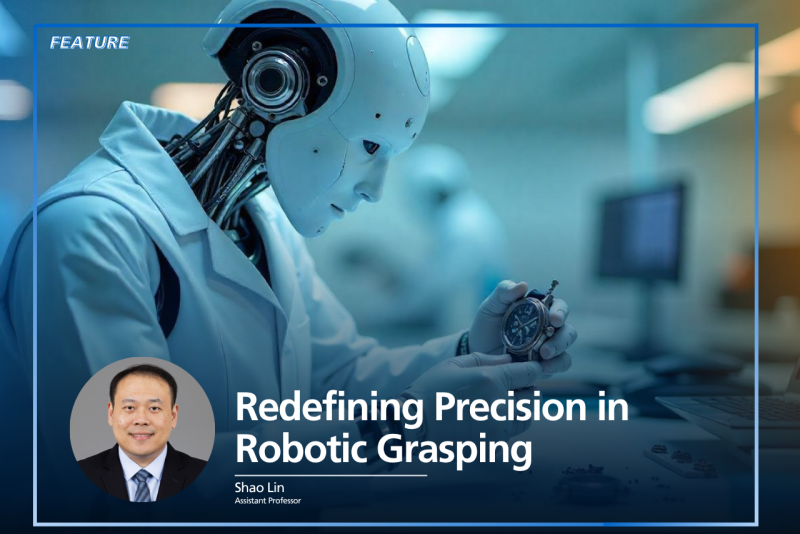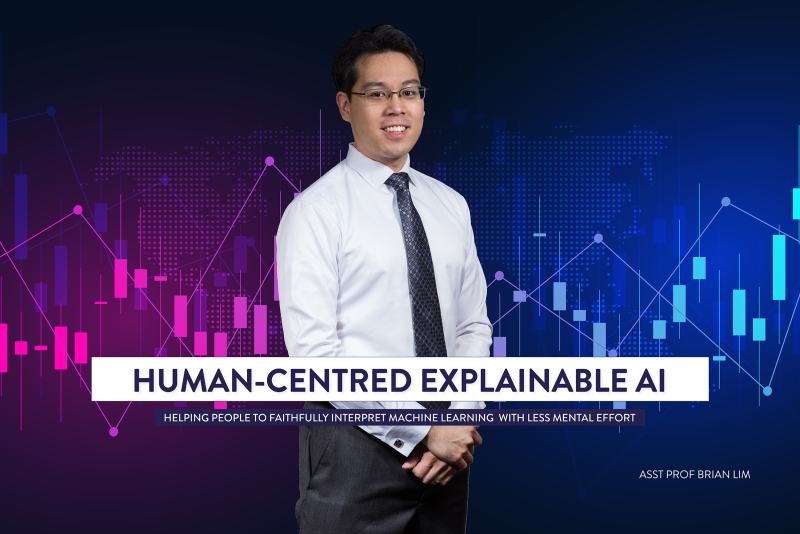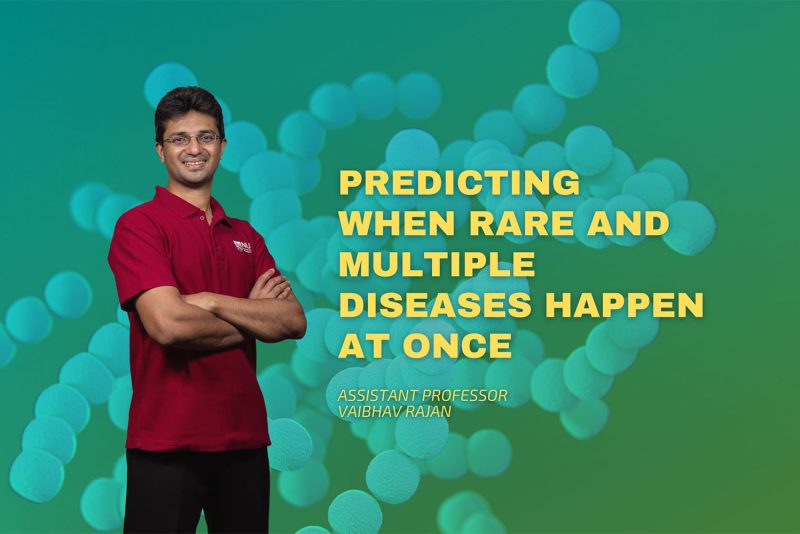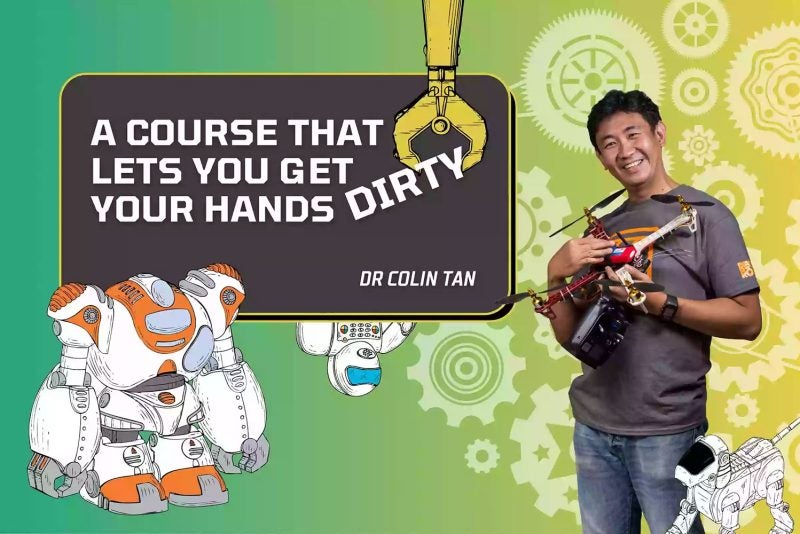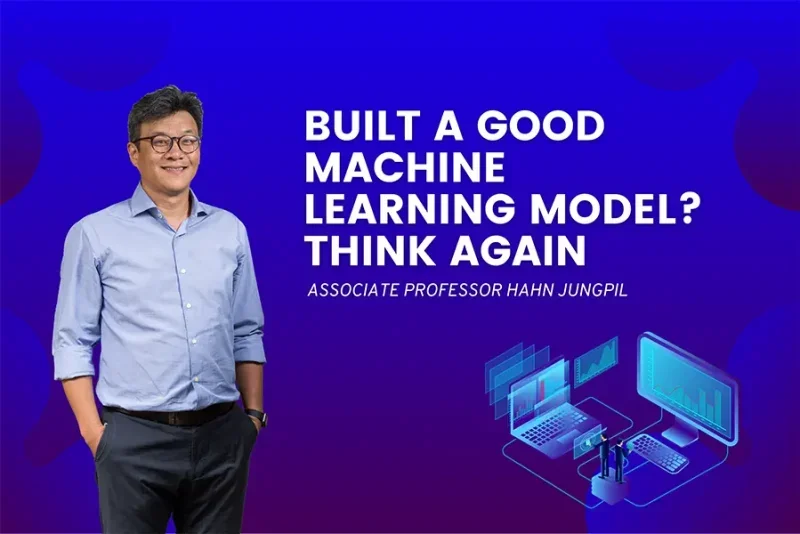Hospital visits can be complicated things. Sometimes it starts out as a visit to the outpatient clinic, where a doctor draws blood or orders some scans to investigate your niggling concern. He phones you the following week with the results — they don’t look good — and schedules a minor operation. You get admitted, have the procedure, and get discharged with tablets and therapy to follow up.
Hospitals strive, although not always succeeding, to make the experience as seamless as possible. Doing so requires the smooth integration of a vast, complex network of computerised systems — from your outpatient records and test results being correctly transferred to the inpatient surgical team, your post-surgery medication and treatment being accurately prescribed, and so on.
But seamless systems integration, as the process is called, is incredibly complicated. That’s because software and systems, data streams and workflows are often introduced in a very ad hoc, on-demand manner, says Chuan Hoo Tan, an Associate Professor of Information Systems at the NUS School of Computing. Systems tend to be developed at different points in time in siloed processes “so what happens is that over the years, you accumulate large chunks of systems everywhere and none of them are connected,” says Tan.
“Basically these systems don’t ‘talk’ to one another, and people find it very troublesome to operate effectively when they have a lot of dissimilar systems,” he says. The result: diagnostic errors, failures in monitoring patients, and miscommunication, among other blunders.
And the problem isn’t just limited to the realm of healthcare. Banking, manufacturing, and the automotive industry all tend to be acutely affected by the problem of poor systems integration too. Because of this fragmentation, a slew of complications can occur, including resource duplication, technology mismatches, cross-functional processing errors, and poor product quality.
“In certain businesses, for example, how much you sell depends on how much you can produce, which in turn depends on how much you can procure,” explains Tan. “If your systems are not connected, your forecasting of materials to procure might not be accurate enough to meet the number of orders you receive.”
“But if you’re a good, digitally enabled organisation that has data flowing seamlessly across well-connected systems, then you’ll know in real time which products to promote, what your additional production capacity is to handle large or urgent orders, and so on,” he says.
So how do firms ensure that their software systems — financial, human resources, production, manufacturing, procurement, etc. — link up and connect in a way that enables efficient, cross-functional work to occur?
Allowing two hands to clap
The key to achieving this “holy grail” of systems integration, Tan says, is to create a language that can encapsulate the information necessary for building unified systems. To this end, Tan has spent the past seven years developing a special toolkit called the Systems Integration Requirements Engineering Modeling Language, or SIRE-ML for short.
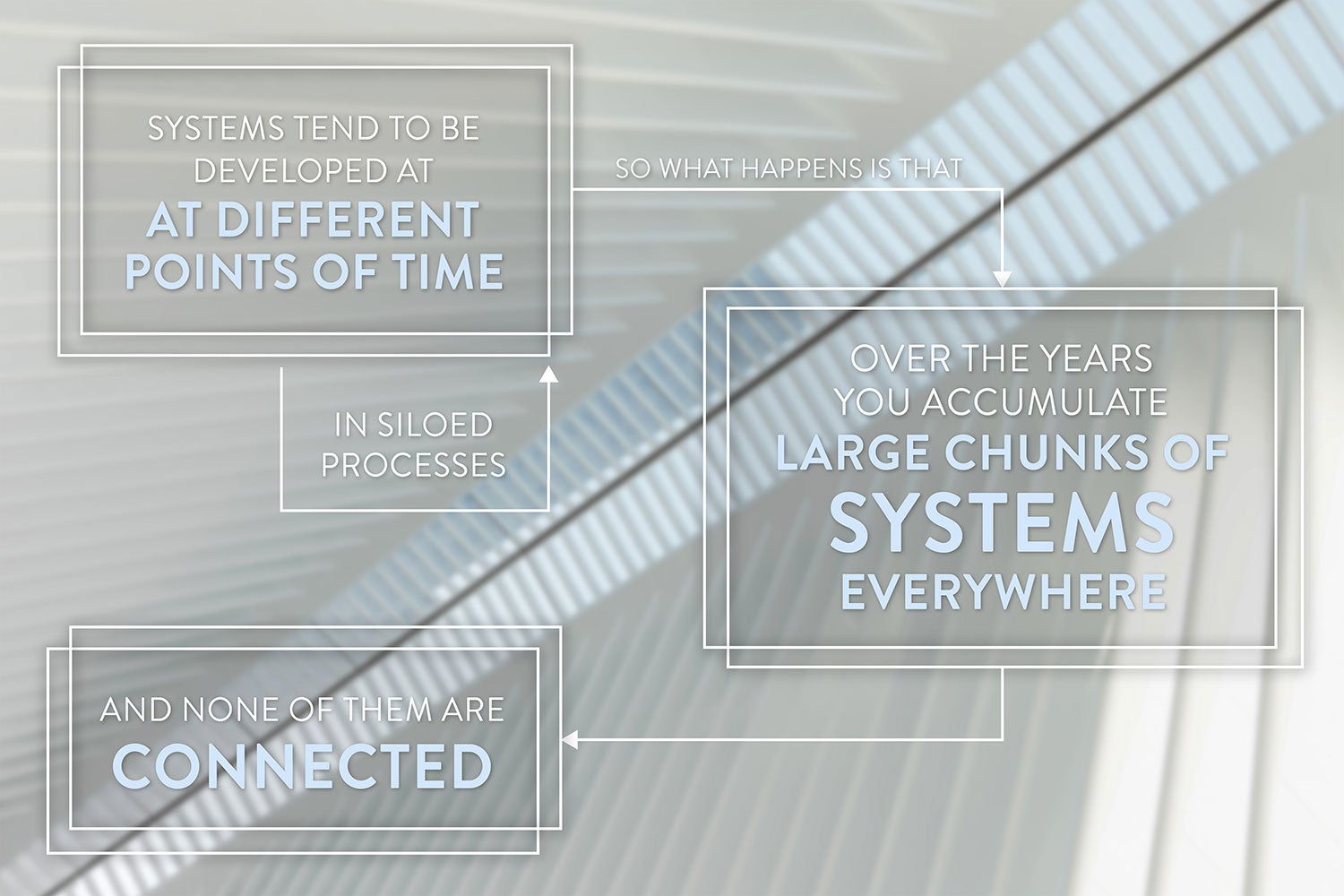
SIRE-ML was designed with two parties in mind: the people who use the software systems and the IT professionals who help develop them. “The biggest pain point we found is that the users and developers don’t really communicate in a common language,” says Tan. “Users find that the IT people don’t understand what they need, and the IT people find that the users don’t understand the constraints they have.”
“So having SIRE-ML is a middle ground for both sides to come in and communicate in a very effective manner,” he says.
Previously, IT professionals would draw out boxes and arrows to communicate their intent, says Tan. But these informal sketches “cannot capture complex informational components necessary for developing systems integration solutions.” For example, they fail to capture what kinds of alerts a user may require and when these alerts should be triggered, as well as the various events that can trigger interactions between systems and the nature, volume and speed required of such interactions.
“So we need something that falls in between the software solutions, something that we can draw and can communicate with the functional users and the IT people. Importantly, it also captures part of the technological solution,” says Tan.
And so the SIRE-ML, a modelling grammar toolkit, was born. With SIRE-ML, users can specify what kinds of services they would like the system to perform, which events they need to be notified about, what data should be generated. Crucially, users can do this without having knowledge of the other systems in the larger network. Even though such user-generated information is only partially complete, they’re still incredibly valuable. IT professionals can take these model fragments and use them “to match and refine incoming and outgoing services, events, and data streams to generate a comprehensive integration solution,” says Tan.
To further develop and improve their model, Tan and his fellow researchers — Sandeep Purao from Bentley University and Narasimha Bolloju from LNM Institute of Information Technology — adopted a design science approach. This involved conducting numerous rounds of empirical studies involving role-playing graduate students, collecting feedback and gathering observations, going back their desks to tinker with the model, before putting it out for testing once again. “It was a very iterative process,” reflects Tan, who published the findings in a journal article in September 2018.
Tan says the ideal next steps would be to test SIRE-ML in a real-world setting, although he and his co-authors have nothing in the works for now. “This research requires continuous refining to keep it updated,” he says, “because technology keeps improving further and different kinds of coordination across systems become much more complex.”
Paper:
A Modeling Language for Conceptual Design of Systems Integration Solutions

